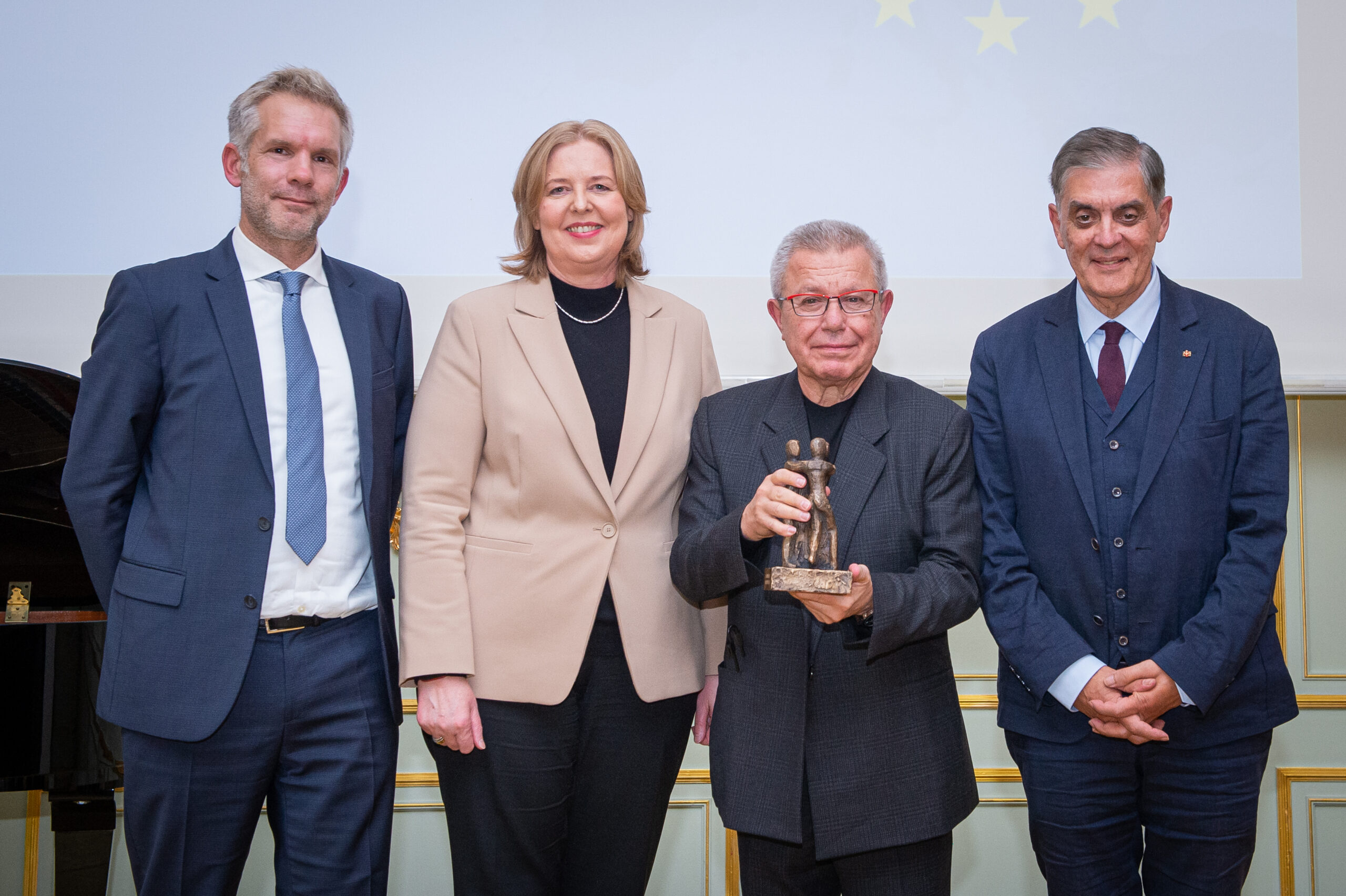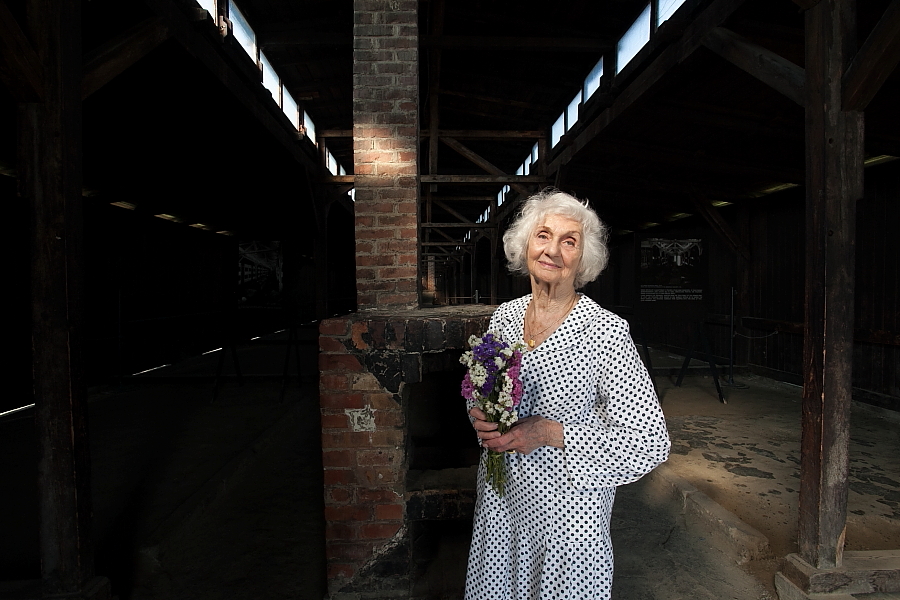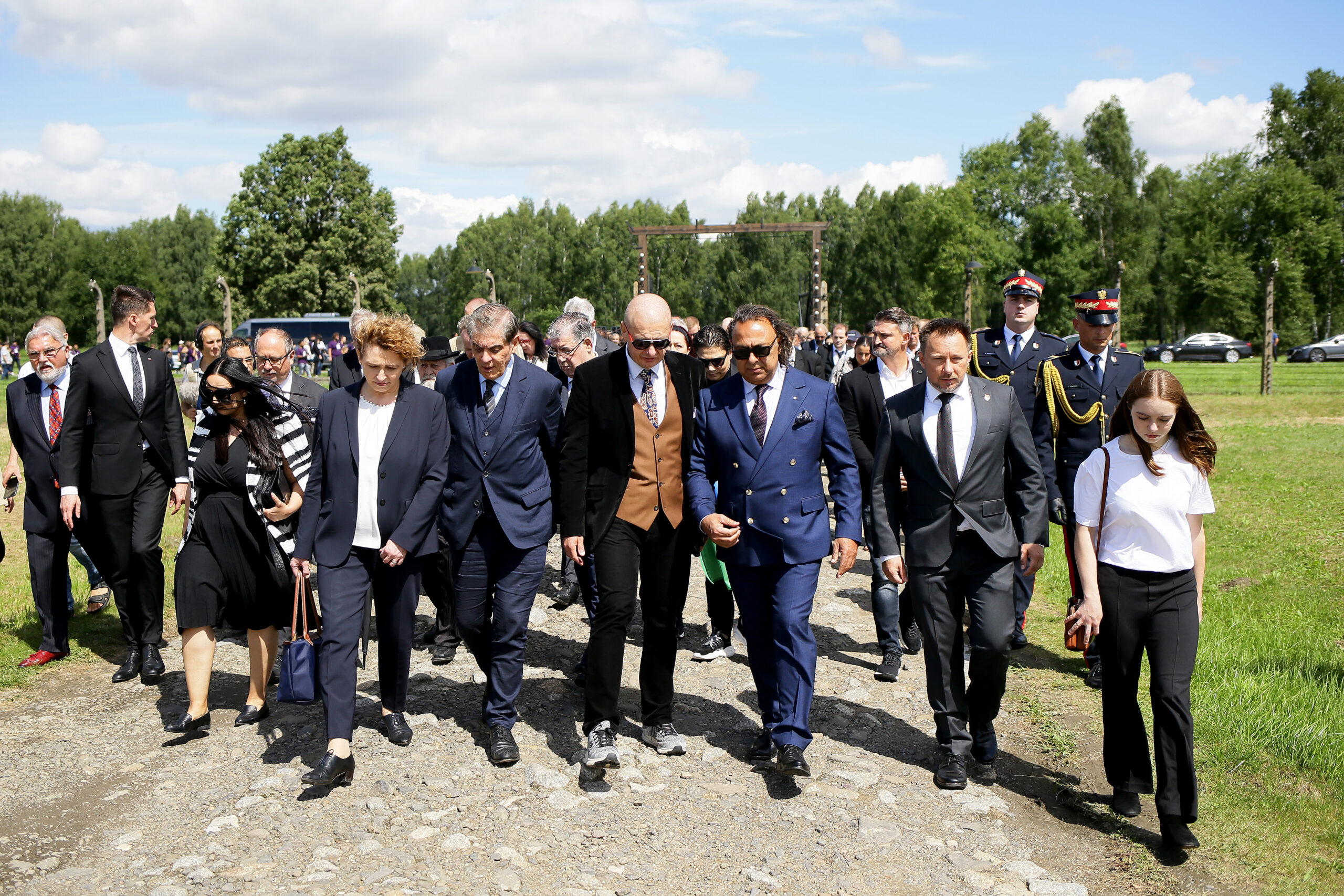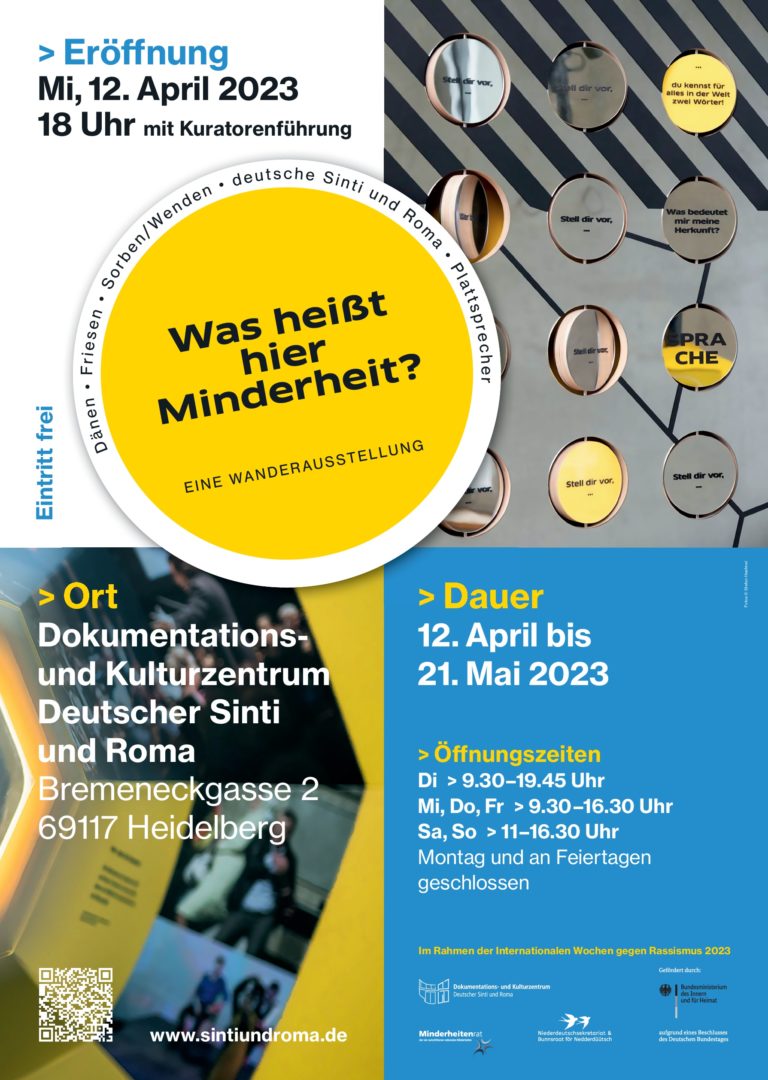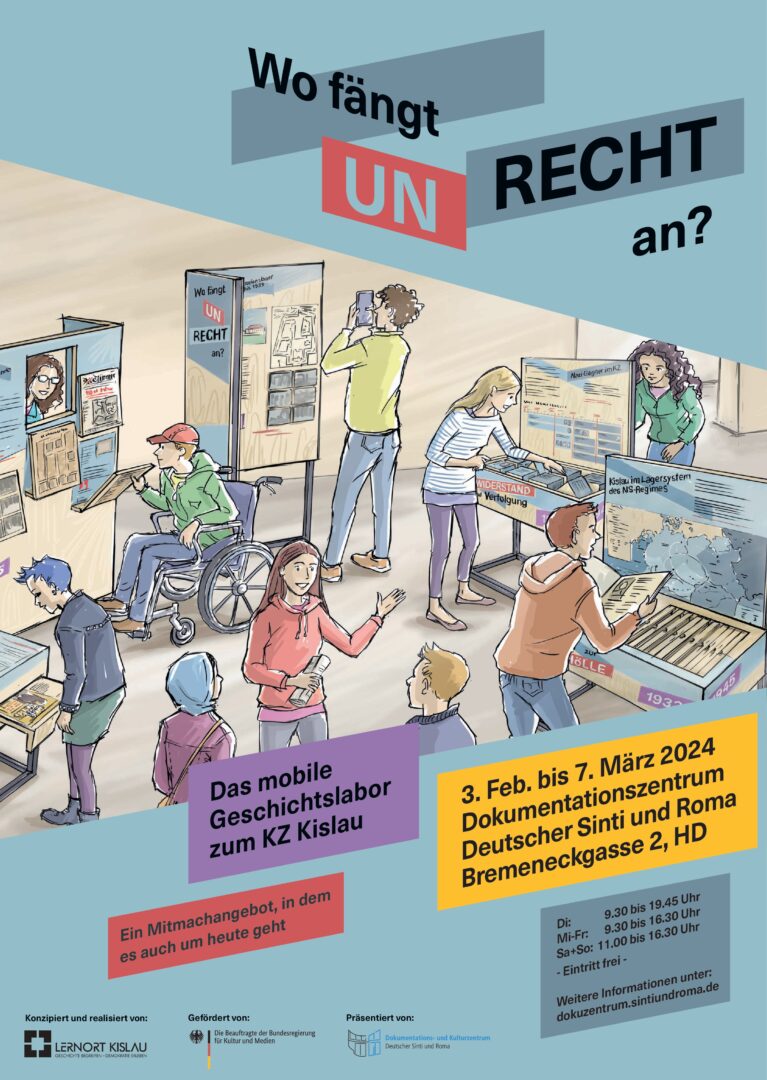Opening Hours
Tuesday:
9am – 7:45pm
Wednesday – Friday:
9:30am – 4:30pm
Saturday, Sunday:
11am – 4:30pm
Closed on Mondays as well as public holidays.
Free admission
Barrier free access
Visit
Here you will find current and past special exhibitions in Heidelberg
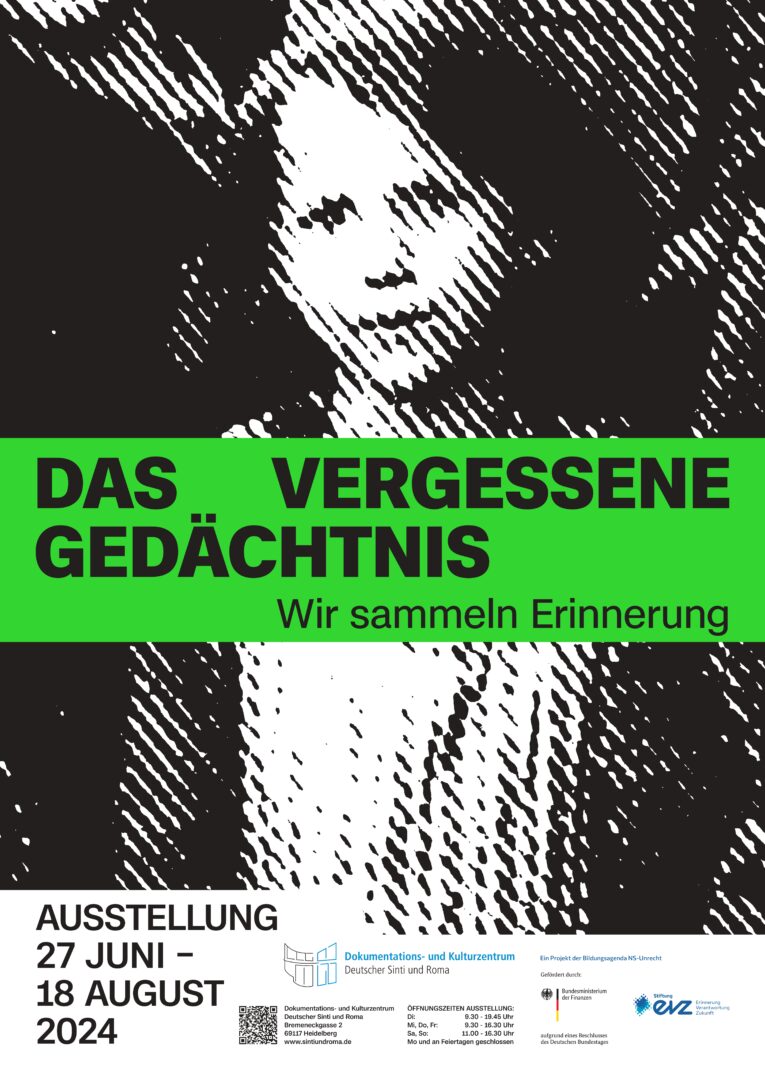
“The forgotten memory”: A collection on the Holocaust of the Sinti and Roma is being created
As a nine-year-old, Sintezza from northern Germany was locked behind barbed wire in the Auschwitz-Birkenau extermination camp. Now, for the first time, she talks about her fate and the murder of many of her relatives in a video interview. The children’s school attendance was extremely important for the Sinti family from Baden-Württemberg. That is why the written certificate for their dedicated learning was saved from being seized and buried in the garden just before the deportation. And the piece of paper has indeed survived. A banner from the demonstration in front of the Federal Criminal Police Office in Wiesbaden makes it frighteningly clear how the insane idea of race was still the reason for the exclusion of the Sinti and Roma civil rights movement in the 1980s.
These people and objects from various regions of Germany and other European countries were tracked down through the collection project “The Forgotten Memory”, which has been running at the Heidelberg Documentation and Cultural Center of German Sinti and Roma since mid-2022.
The exhibition will be on display from June 27 to September 29, 2024.
Admission is free.
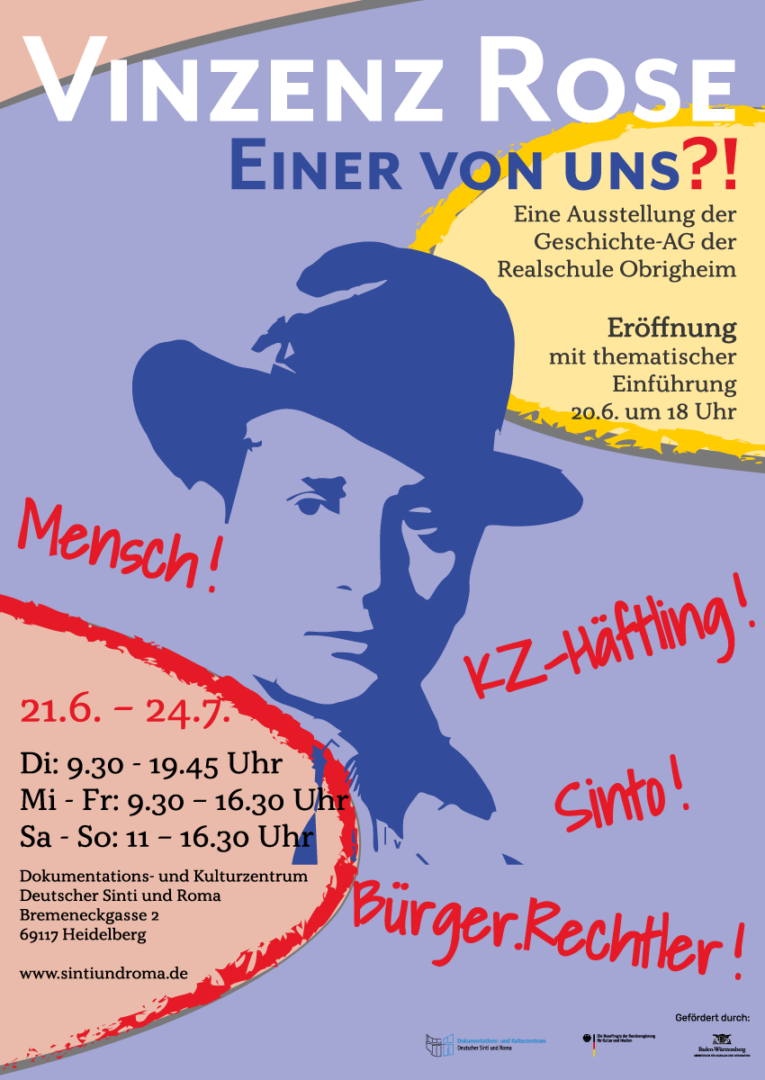
Vincent Rose – One of us?!
Pupils in Obrigheim (Neckar-Odenwald district) campaigned for their secondary school to be called the “Vinzenz Rose School” in future – named after a Sinto who survived the Holocaust and was a pioneer of civil rights work.
The history club has therefore put together an exhibition about Vinzenz Rose and the project.
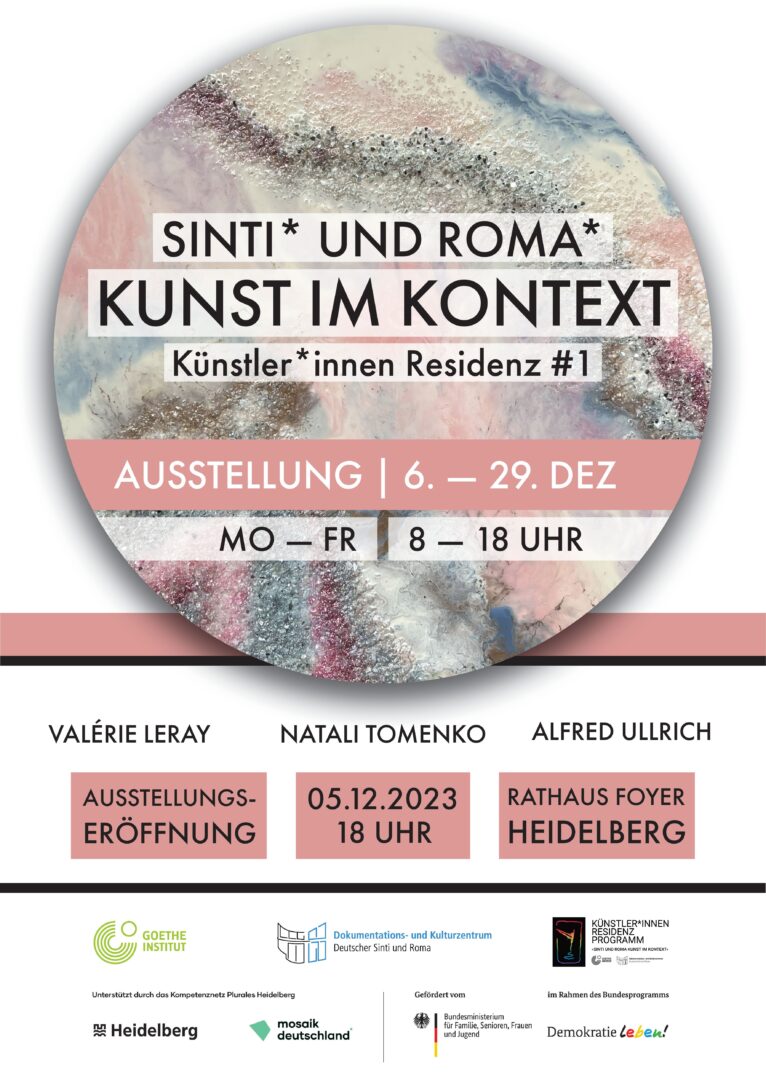
Sinti* and Roma* – Art in Context KüRe #1
The exhibition presents artworks, photographs and sculptural installations by Natali Tomenko, Valérie Leray and Alfred Ullrich, which deal intensively with current issues such as the culture of remembrance, activism, the fight against racism and antiziganism and resistance through art. It draws attention to the lack of knowledge about the art and culture of Sinti* and Roma* in Europe and at the same time shows that this can be countered by creating new (free) spaces for Sinti and Roma* artists in contemporary art and art institutions.
“What does minority mean here?” („Was heißt hier Minderheit?“)
Germany is home to a diversity of cultures, languages and regional identities. Nevertheless, the history, role and self-image of the autochthonous (indigenous) national minorities and the speaker group Low German are little known or even considered a well-kept secret. An insight into the life, culture and language of the four national minorities and the Low German speaker group is provided by the interactive traveling exhibition “What does minority mean here?” from April 12 to May 21, 2023.
Bartoszewski. Resistance – Remembrance – Reconciliation
It is not only astonishing, but almost borders on a miracle. Of all things, the German-Polish reconciliation became a lifelong issue for Władysław Bartoszewski (1922-2015). The former Polish foreign minister and long-time political advisor was also strongly committed to the rights of the Sinti and Roma.
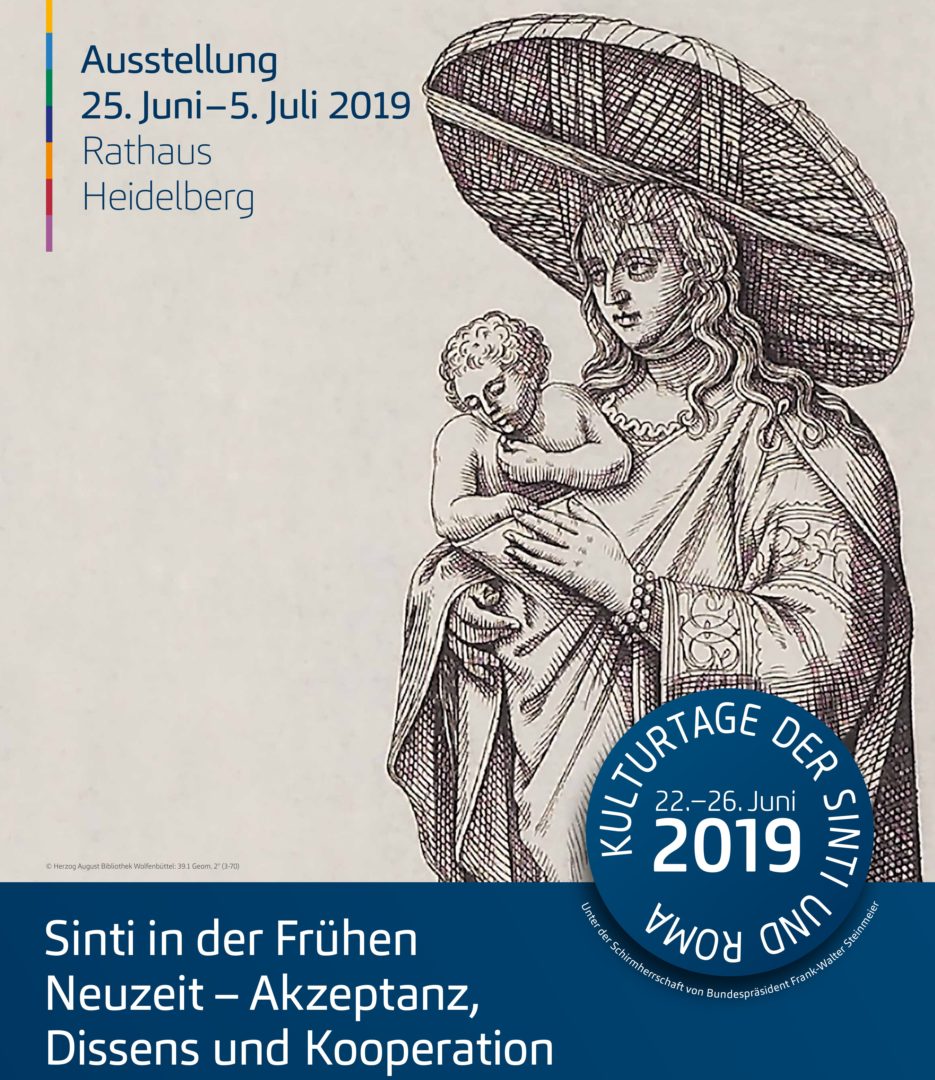
Special exhibition from July 9 until November 18, 2019
Sinti in the Early Modern Period. Acceptance, dissent and cooperation
The special exhibition developed by the Documentation and Cultural Center and presented on the occasion of the Cultural Days of the Sinti and Roma in 2019, provides insights into the history of the Sinti and Roma in the early modern period, a part of history still mostly unknown to many.
At a time when antigypsyist stereotypes are gaining popularity in Europe, the study of the early history of the minority has a special political significance. After all, Antigypsyism is based on the stigmatization of the minority as a foreign and outside group. A look at the early modern period, on the other hand, reveals the connections between minority and majority.
Where does injustice begin? The portable history lab on the Kislau concentration camp
Teaching Nazi history requires formats that illustrate historical events and make their relevance to the present visible. And this is precisely the approach of the mobile history laboratory developed by Lernort Kislau e. V.
Based on the history of the concentration camp set up not far from Heidelberg in 1933, users were able to explore the differences between justice and injustice and between democracy and dictatorship at eight interactive double stations.
Prelude to terror. Early concentration camps during National Socialism
At eleven stations, the “Prelude to Terror” exhibition sheds light on the role and function of the early camps. Based on the biographies of persecutees and perpetrators, it shows how these concentration camps helped to establish and secure Nazi rule. In doing so, she also puts the objectives of the Kislau concentration camp, which was set up not far from Heidelberg in the spring of 1933, into a wider context.
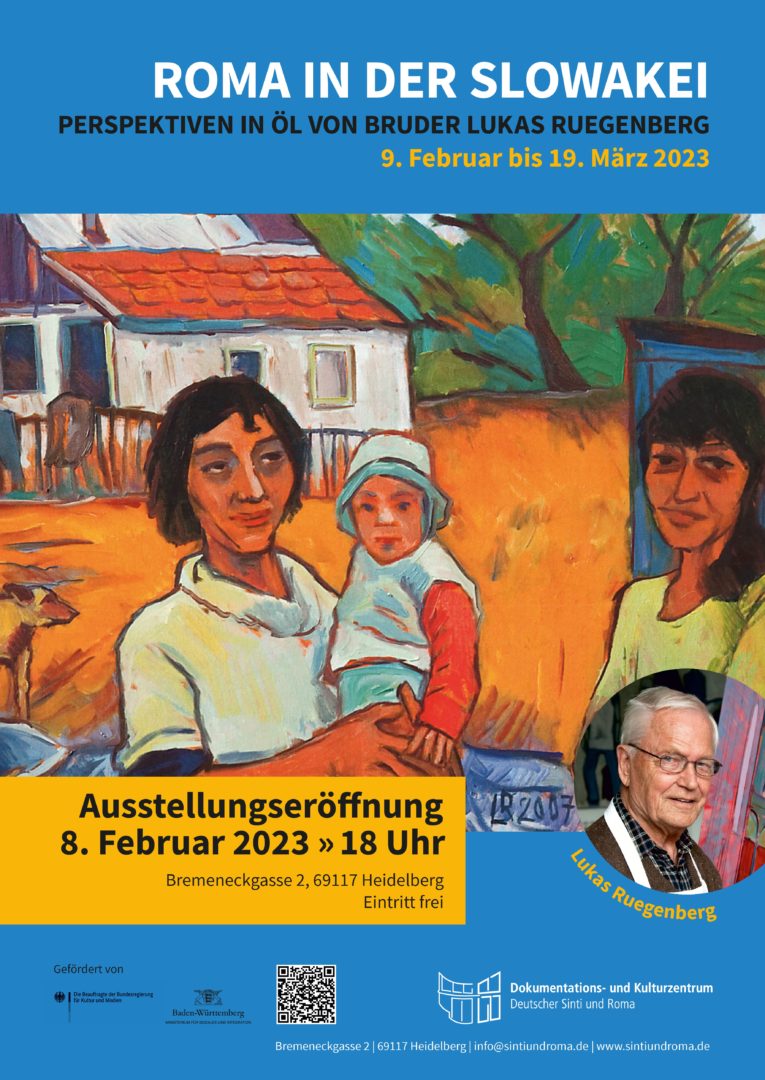
Roma in Slovakia – Perspectives in Oil by Brother Lukas Ruegenberg
Brother Lukas Ruegenberg has been involved with Roma in Habeš (Slovakia) for a long time. He has been there several times to help the people living there. He processed his experiences into a series of impressive oil paintings.
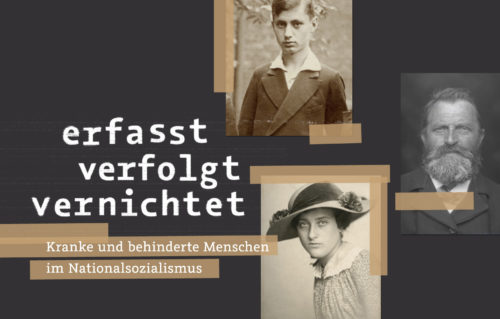
Captured, persecuted, annihilated. Sick and disabled people under National Socialism (erfasst, verfolgt, vernichtet. Kranke und behinderte Menschen im Nationalsozialismus)
Sick and disabled people belonged to the persecuted under National Socialism. They were considered a burden for the German ‘Volksgemeinschaft‘ (ethnic community). Starting in 1934, up to 400,000 people were sterilized against their will and more than 200,000 people in mental hospitals were murdered.
An exhibition by the DGPPN (German Association for Psychiatry, Psychotherapie and Psychosomatics) in cooperation with the Foundation Memorial to the Murdered Jews of Europe and the Foundation Topography of Terror.
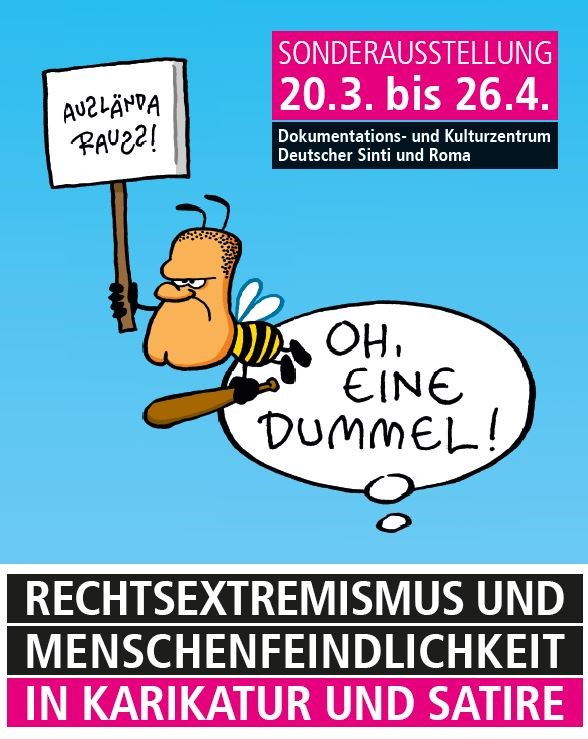
„Oh eine Dummel!“ – Right-wing extremism and misanthropy in caricature and satire
Reacting to right-wing agitation and inhuman slogans with humor is absolutely possible. This exhibition, conceived by the CD barracks cultural center in Celle, displays that perfectly. There are caricatures and satirical contributions by 60 well-known artists from various daily and weekly newspapers, journals and magazines on display. Prudential and ingenious, the compilation of contributions presents everyday and dangerously simplistic right-wing populist and right-wing extremist modes of argumentation.

